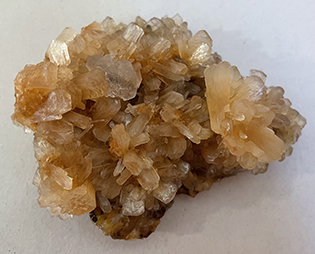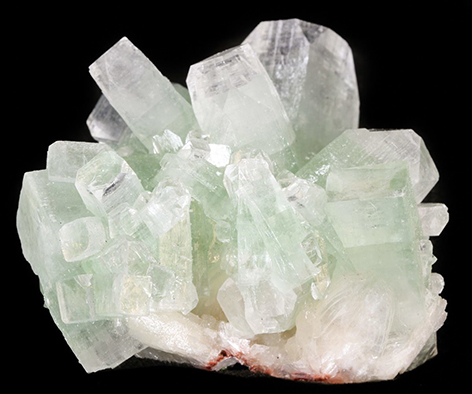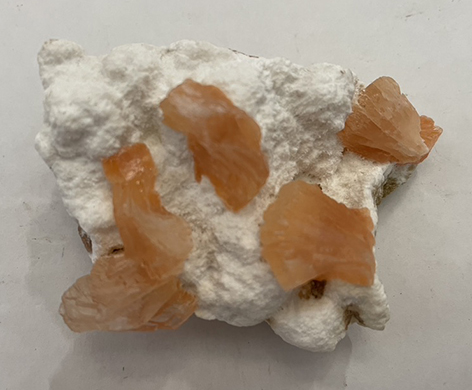Jalgaon, Maharashtra, INDIA
STELLERITE
Ca(Al2Si7O18).7H2O |
|---|

STELLERITE
Aurangabad, Poona District,
Maharastra,
INDIA
MESOLITE
Na2Ca2(Al2Si3O10)3·8H2O
Crystal: Orthorhombic
POLLUCITE
(Cs,Na)2Al2Si4O12·2H2O
Crystal: Isometric
Crystal: Monoclinic |

Panpoi Phata, Kannad District,
Aurangabad, Maharashtra,
INDIA
|
for displaying and protecting your favourite minerals, gems, fossils, meteorites or other collectibles. We also make mineral display stands and acrylic blocks. FOLLOWING LINK BELOW: And DISPLAY PRODUCTS |
This website was designed by Gerald Reginald Pauley
All Rights Reserved.

